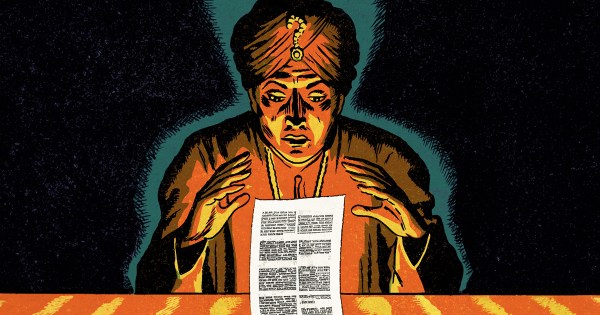Physical Address
304 North Cardinal St.
Dorchester Center, MA 02124
Physical Address
304 North Cardinal St.
Dorchester Center, MA 02124

Maggie Milnamow, chief revenue officer of Business Insider, pointed out how these trends will affect advertisers’ data and targeting needs.
“As third-party cookies continue to phase out,” he said, “advertisers will invest more in first-party data and work with publishers who are sitting on a lot of that data, like our SagaREACT product just launched, which uses cutting-edge AI to help brands go beyond contextual targeting and harness the power of human emotion.”
As a result of GenAI, the vast scope of information available—some factual, some not—has made it increasingly difficult for people to discern the truth.
This deluge of information threatens some parts of the media industry, especially those that make easily replicable commodity content. But it has a benefit for news publishers who produce original reports and take pains to generate trust in their audience.
“Those who produce distinctive journalism — and, conversely, avoid commodity journalism — will thrive,” said Politico CEO Goli Sheikholeslami.
A focus on factual and unbiased reporting will also benefit publishers next year, according to G/O Media CEO Jim Spanfeller and Gannett CEO Mike Reed.
“Truth and unbiased journalism will be valued more than ever with the proliferation of AI,” Reed said. Spanfeller echoed the sentiment, saying, “[There will be] a return in perceived value for real journalistic organizations: Entities focused more on facts and real reports than opinions and blogging.
While journalists benefit from institutional support, consumers are now more likely to trust individuals.
This will lead more publishers to experiment with delivering their reports in styles more frequently associated with influencers, such as unedited videos, intimate podcasts and personality-driven newsletters.
“We’re seeing an increase in individual influencers as sources of information for the public versus legacy media,” said Fortune Editor-in-Chief Alyson Shontell. “Media organizations must be creative in how they attract and retain their top talent to ensure they are always able to produce the highest quality content that appeals to key audiences in an increasingly fragmented world , social and mobile first.”
Bonnie Kintzer, CEO of Trusted Media Brands, agrees.
“Users want to see themselves, and they want authentic human stories,” Kintzer said. “They are becoming increasingly aware of content made by generative AI.”
After two years of stagnation, merger and acquisition activity should return with a vengeance in 2025, driven by an improved economic outlook and a friendlier regulatory environment.
“Reduced regulatory scrutiny and favorable economic conditions will increase media industry consolidation and innovation,” said Outside CEO Robin Thurston. “Media agencies and brands will pursue acquisitions, develop new operating models, and improve capabilities to thrive in the evolving landscape.”
TMB’s Kintzer agreed, especially in the streaming ecosystem.
“There are too many offers, too much inventory and we expect consolidation,” Kintzer said. “Channels with established brands and proven programming strategies will come out on top.”
However, audience fragmentation will always remain a problem for most publishers (and advertisers).
“Focused, niche media companies continue to thrive,” said Adam White, CEO of Front Office Sports. “Many ‘niche’ media companies are only niche in focus and not scale – there are many ‘niche’ areas that have significant audiences and influence.”